-
Excess, Hyperbole and Pestilence In Illustration
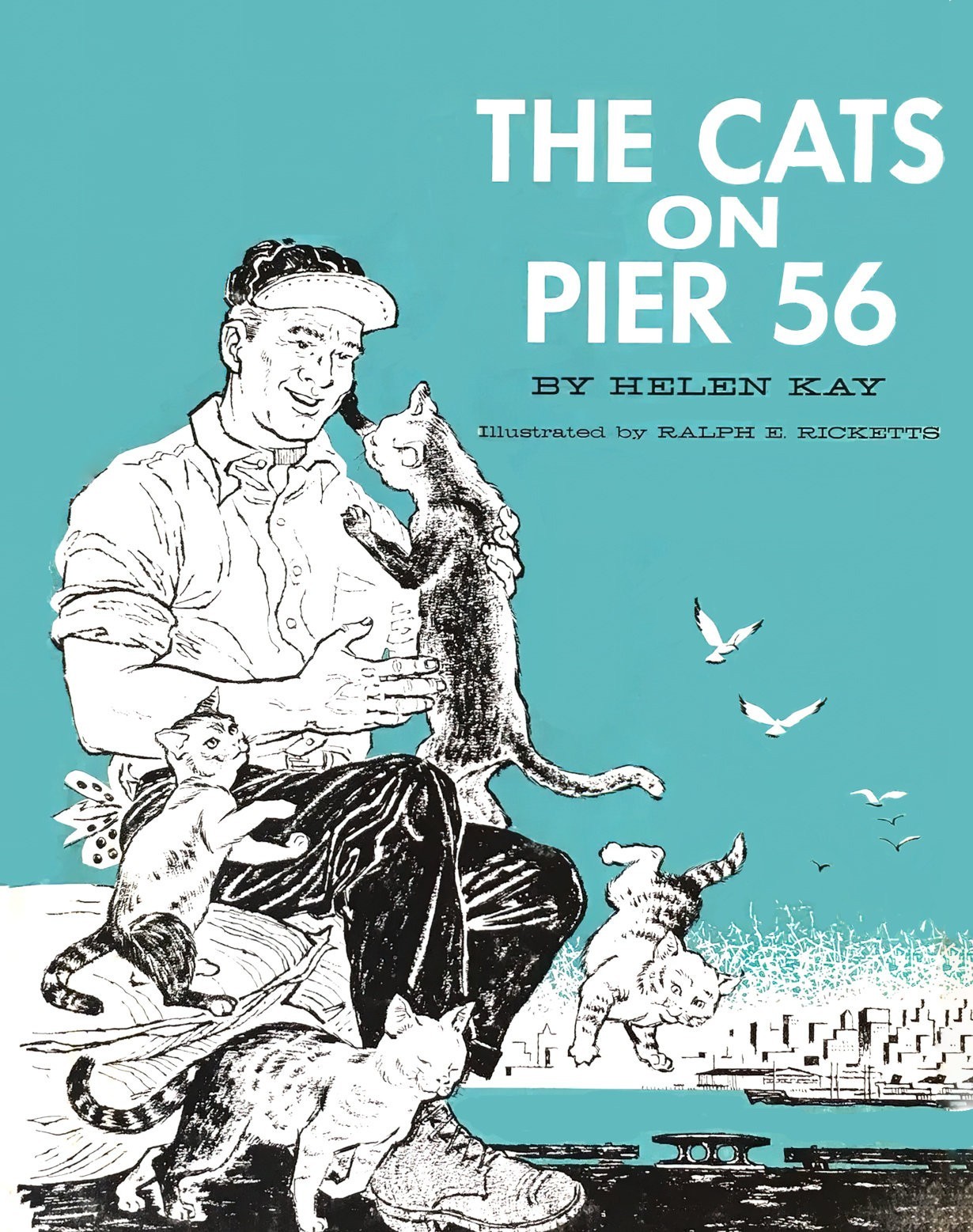
We love stories of excess. examples of excess and visual hyperbole can be seen all across children’s literature. Literally any item can be turned into a visual gag by creating a large number of it.
-
Scaredy Squirrel At The Beach by Melanie Watt Analysis
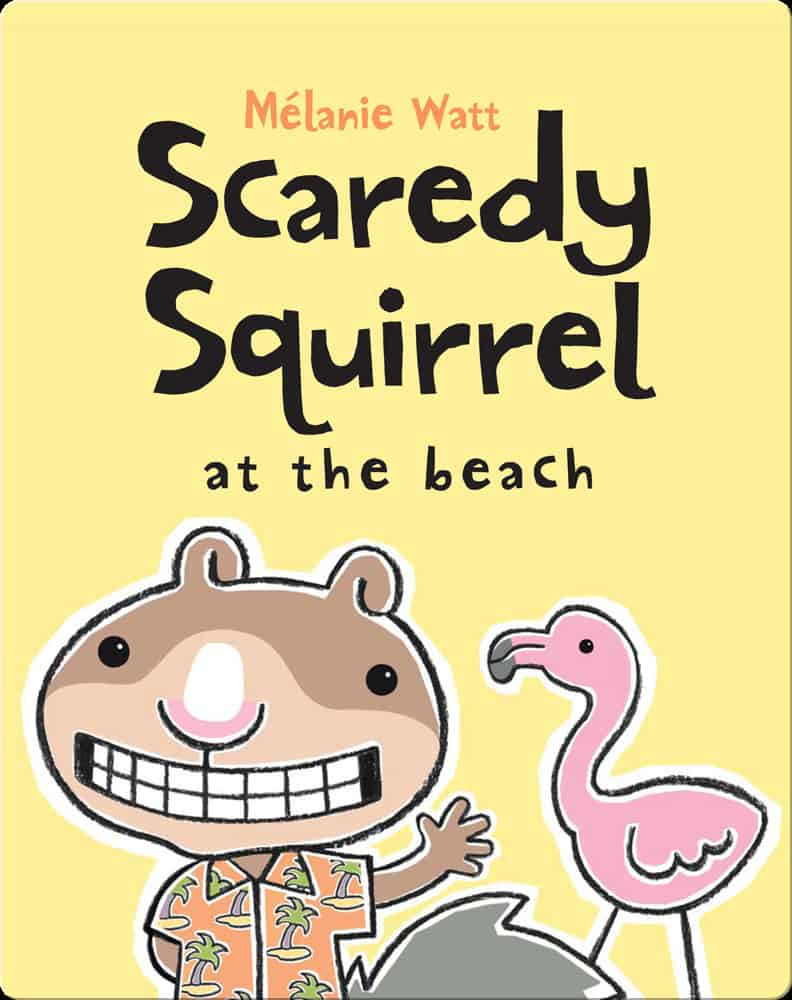
Scaredy Squirrel At The Beach (2008) by Mélanie Watt is the third picture book in a series starring an anxious squirrel who deals with his fears.
-
Anatole by Eve Titus & Paul Galdone (1956)
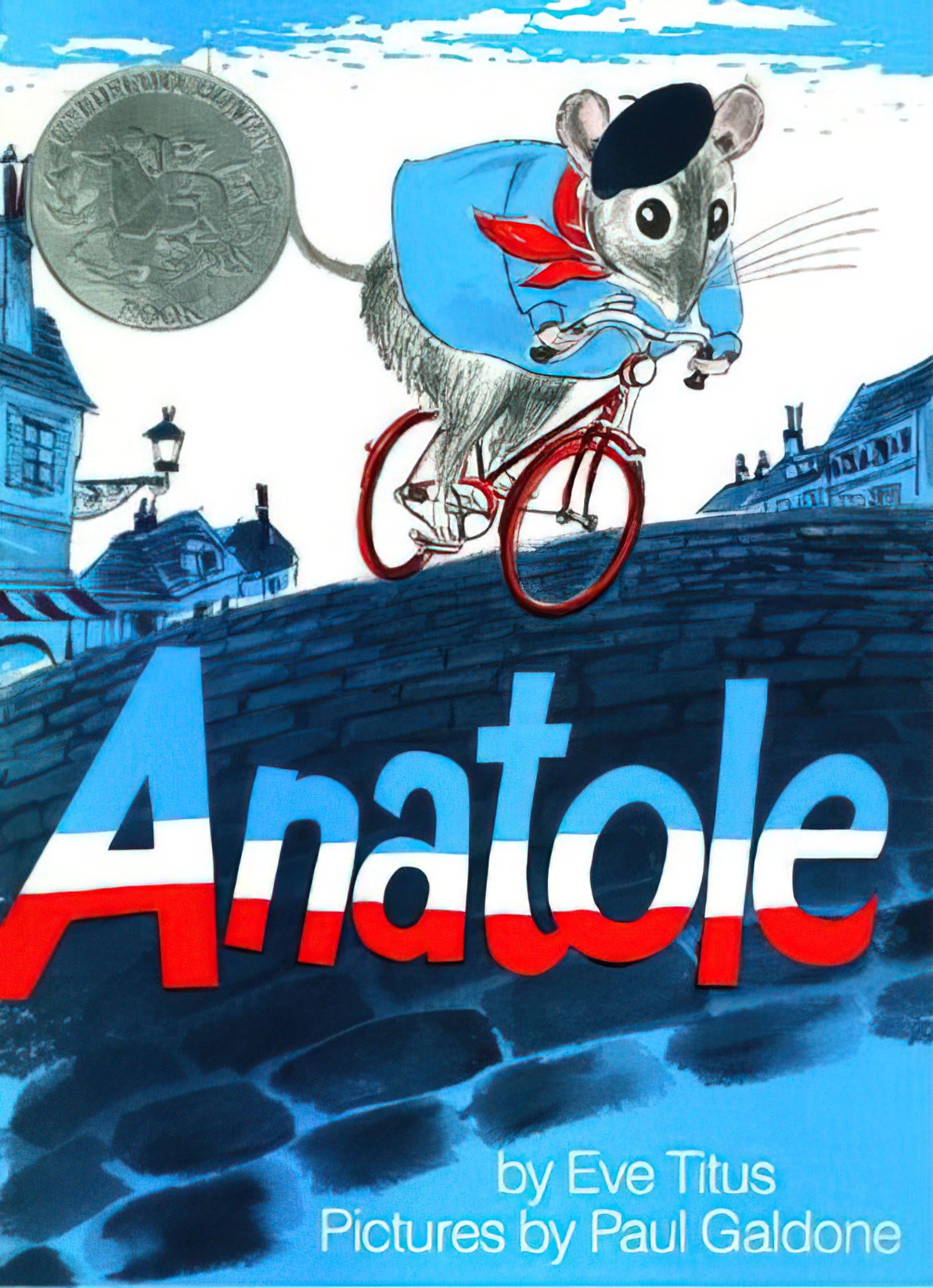
Anatole the mouse starred in a series of children’s stories by Eve Titus, illustrated by Paul Galdone in blue, red and white. The ten books were published 1956-1979. Today I’m taking a look at the picture book that opened the series. Anatole was named a Caldecott honour book.
-
What does it mean, Belling The Cat?
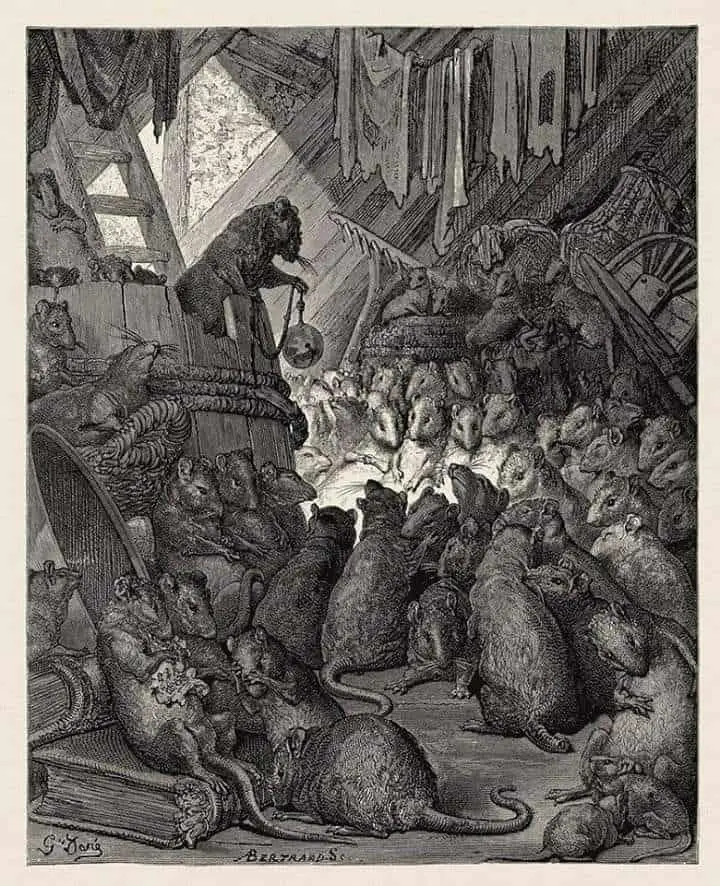
‘Belling the cat’ is idiom which means that it’s all very well to come up with good ideas as a fix, but executing those good ideas is another matter. It comes from a fable of yore, in which rats come up with a great idea for foiling a predatory cat. They’ll put a bell around […]
-
The Tale of Mrs Tittlemouse by Beatrix Potter Analysis
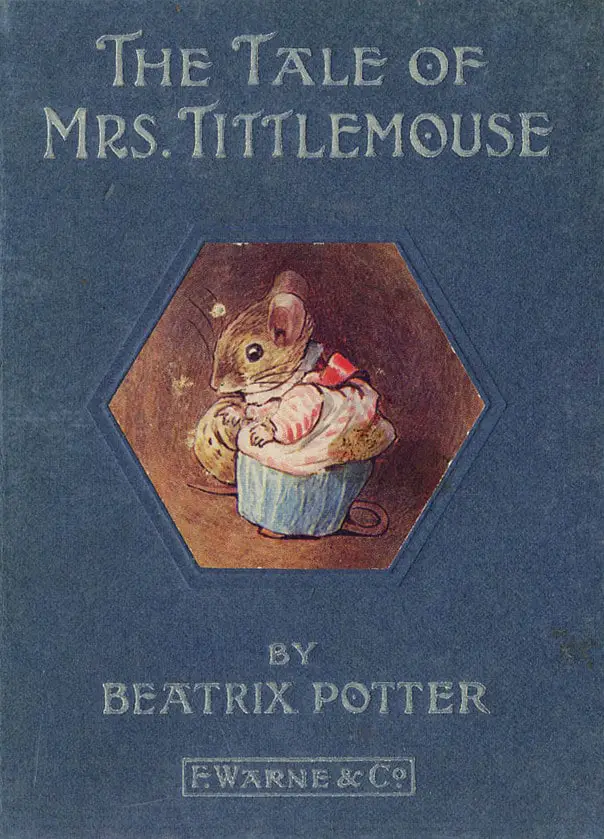
Which mouse are you? Fight, flight, freeze or appease? Beatrix Potter’s Mrs. Tittlemouse (1910) is inclined to appease, as perhaps you must, if you are small and vulnerable. Except every mouse I have ever met is a bolshy, ‘sit on this and swivel’ type. In winter they hang out behind the dishwasher and will hurtle […]
-
The Tale of Samuel Whiskers by Beatrix Potter Analysis
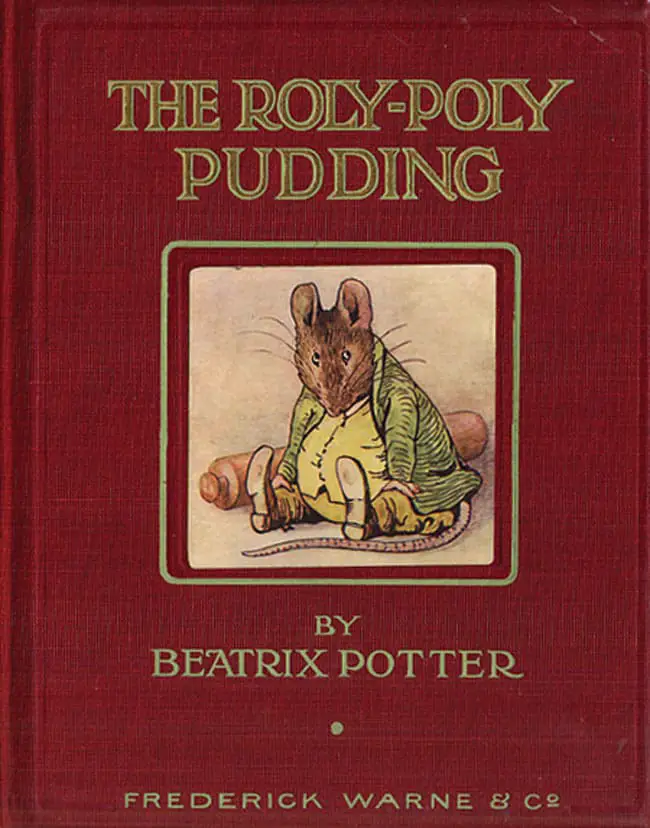
The Tale of Samuel Whiskers by Beatrix Potter was originally called The Roly-Poly Pudding and written as a Christmas present to a child. Potter’s image of the cat rolled up in dough is one of those resonant illustrations which, once seen, can never be unseen. Perhaps this image scarred you, too, as a child.
-
The Tale of Johnny Town-mouse by Beatrix Potter Analysis
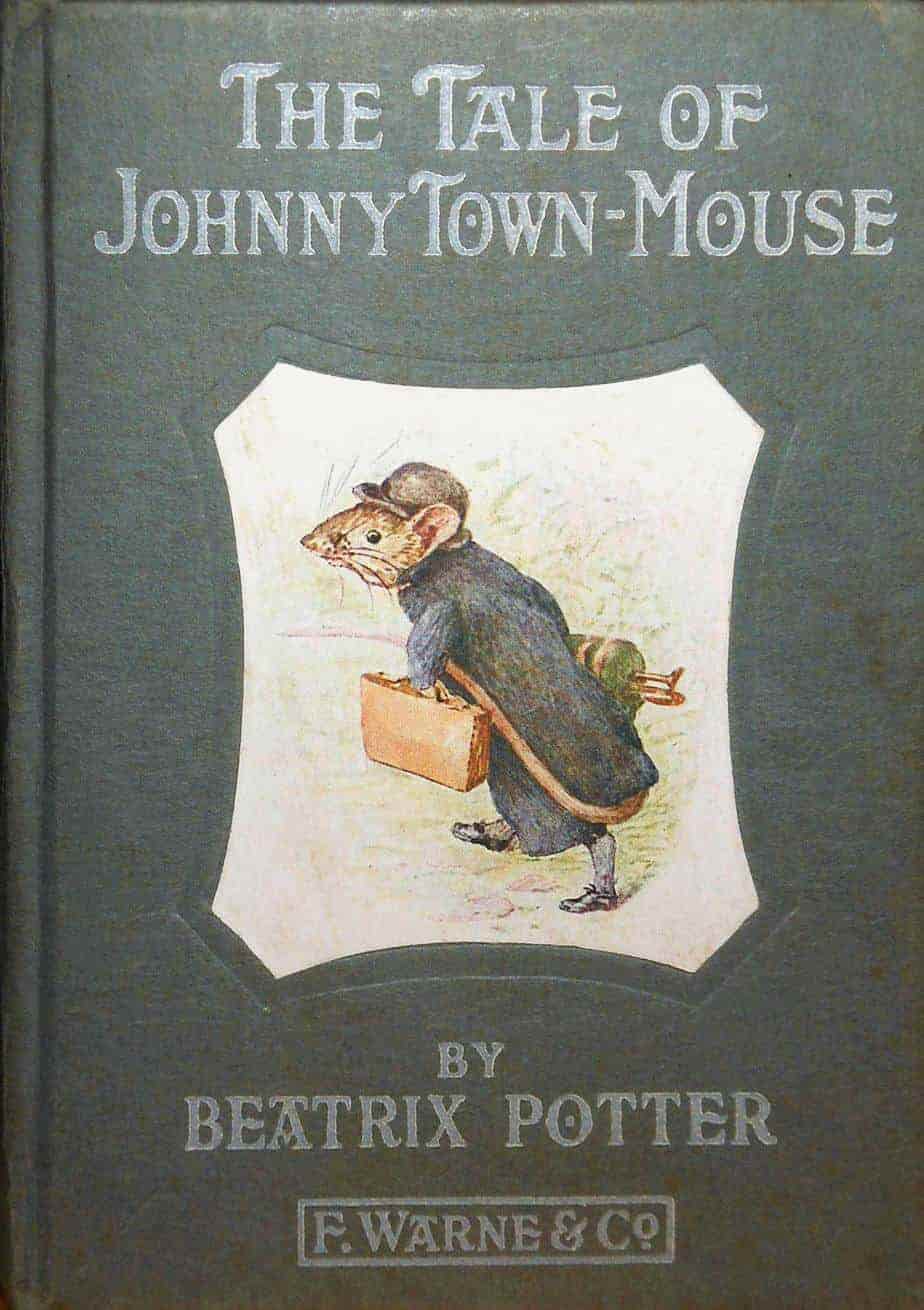
Leading up to 1918, Beatrix Potter’s publishers were asking her for a new story. This was wartime. Austerity all around. Frederick Warne and Co. were affected alongside everyone else and required something new from their bestselling children’s author. But Beatrix had moved to the country and the country was keeping her very busy. Rather than […]
-
Zoomorphism and Chremamorphism
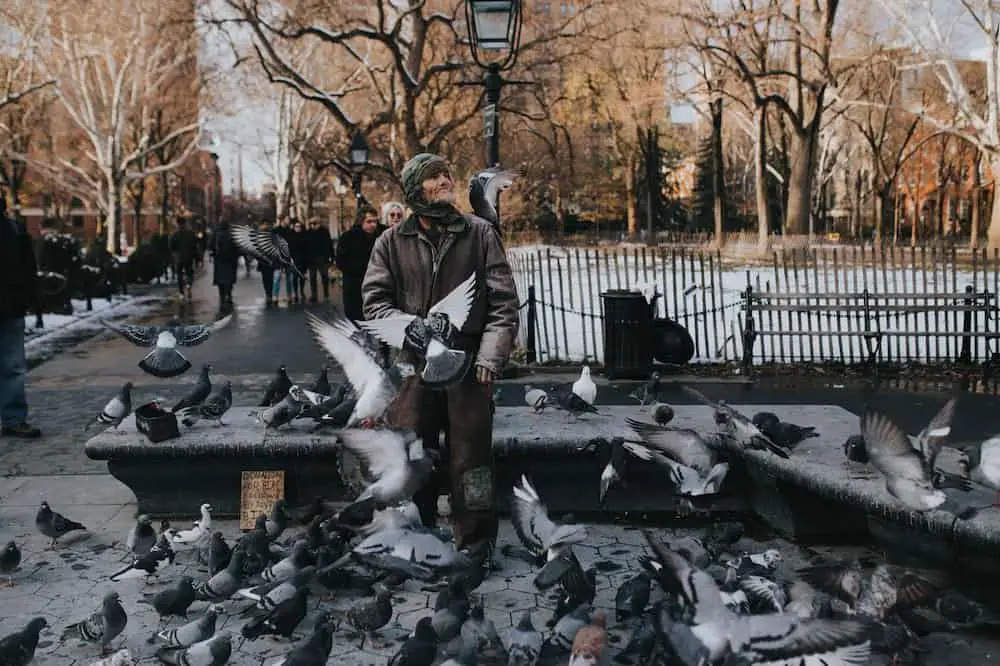
Both personification and anthropomorphism are types of metaphors. But what do you call it when it’s the other way round? i.e., when a human being is compared to an animal by virtue of animal characteristics?
-
The Tale of Timmy Tiptoes by Beatrix Potter Analysis
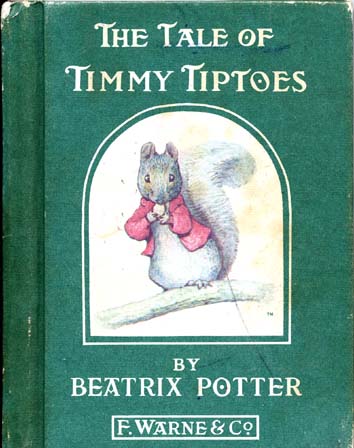
Beatrix Potter was already popular by the time she published The Tale of Timmy Tiptoes (1911). The introduction to our 110th anniversary copy says the tale was created specifically to appeal to a new, American audience, with the inclusion of chipmunks. Unfortunately, Beatrix had never seen a chipmunk in real life. She must have relied […]
-
Theodore Mouse Goes To Sea by Michaela Muntean Analysis
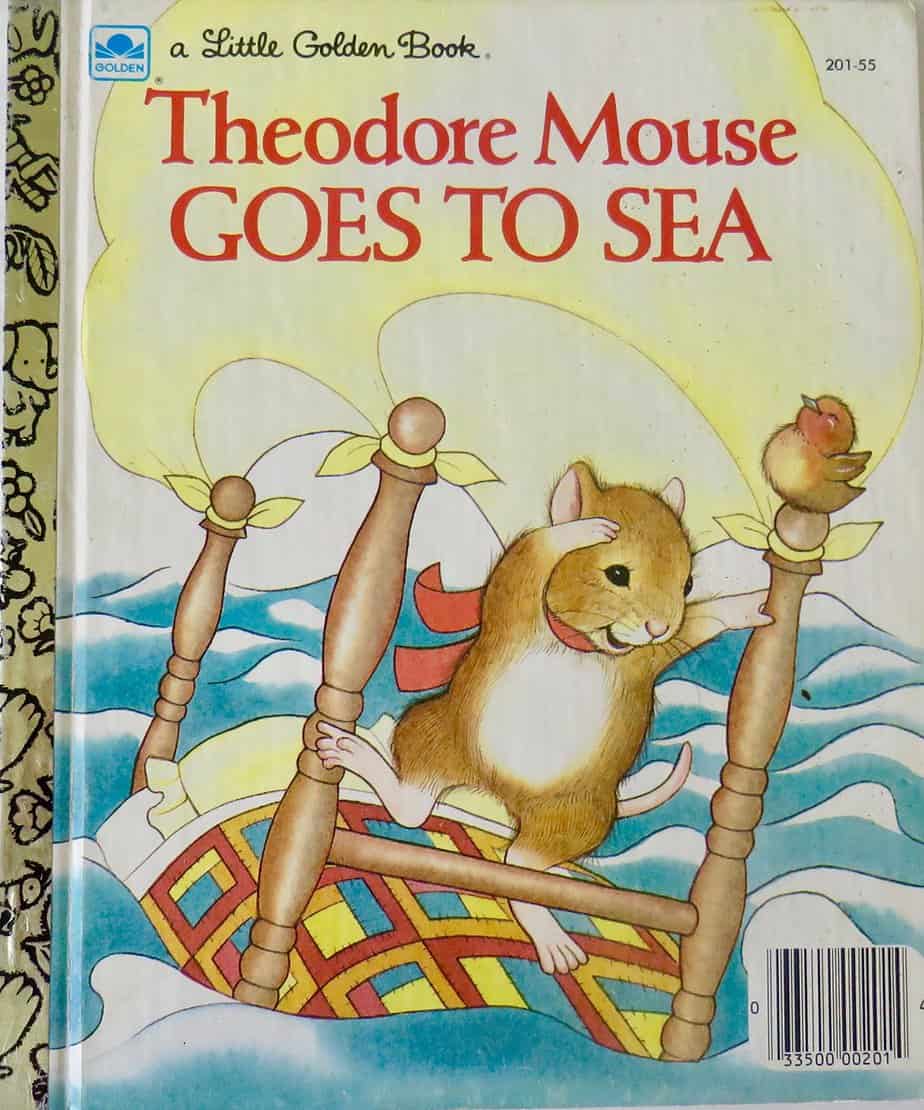
Theodore Mouse Goes To Sea is a Little Golden Book first published 1983. The illustrations are by Lucinda McQueen. There is a series of stories about Theodore the Mouse.
-
The Tale of Squirrel Nutkin by Beatrix Potter Analysis
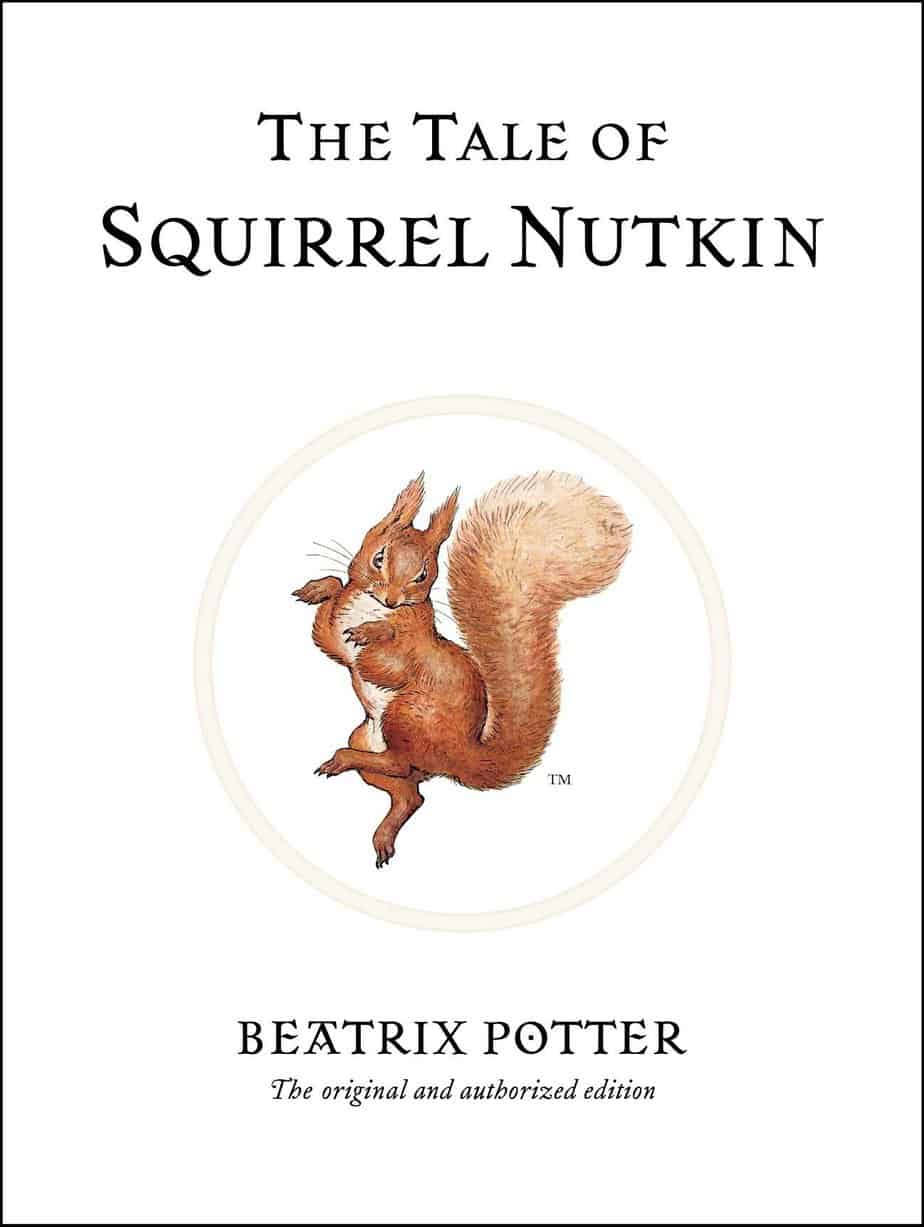
and illustrated by Beatrix Potter. Squirrel Nutkin is an example of a story from the First Age of Children’s Literature, though Beatrix Potter herself did much to usher in the more modern style of children’s story.
-
The Pied Piper of Hamelin: Legend Or Fairytale? Analysis
The Pied Piper is not technically a fairytale. It is at least part legend. Hamelin was a real place, and it is believed that once, in this German town, all of the children really did disappear in a short space of time.
-
Strat and Chatto by Jan Mark and David Hughes Analysis
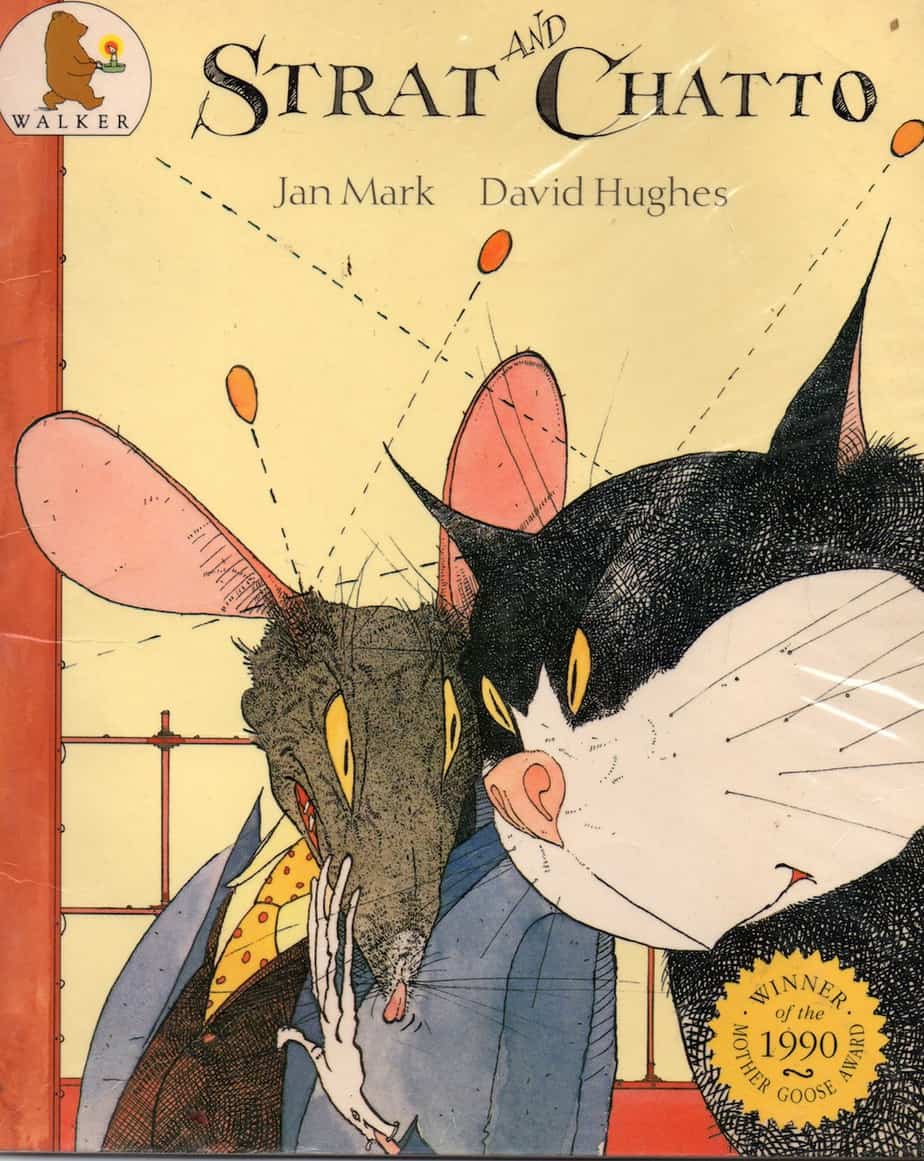
Strat and Chatto is a picture book created by Jan Mark and David Hughes. Jan Mark was a British children’s book author who died about 10 years ago in 2006. She wrote for the picture book and chapter book age range. Her subject matter was mostly ordinary kids in ordinary settings. She also wrote plays […]
-
Doctor De Soto by William Steig (1982) Analysis
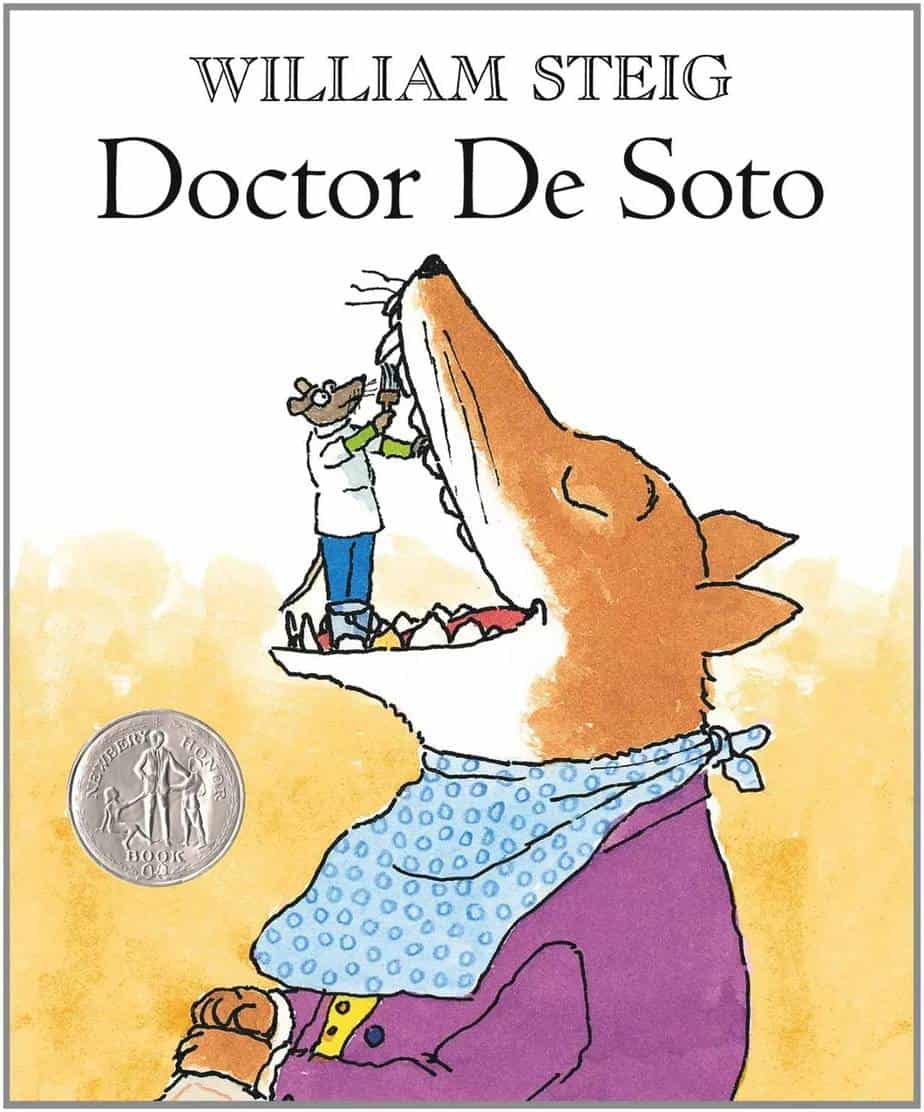
Doctor De Soto is an example of a picture book that owes a lot to Aesop, with the characterisation of the mice and the fox already firmly in place. Mice don’t play as prominent part in the fables as you might think, but foxes are one of the main five, along with countrymen, dogs, donkeys […]
-
Rats In Children’s Literature
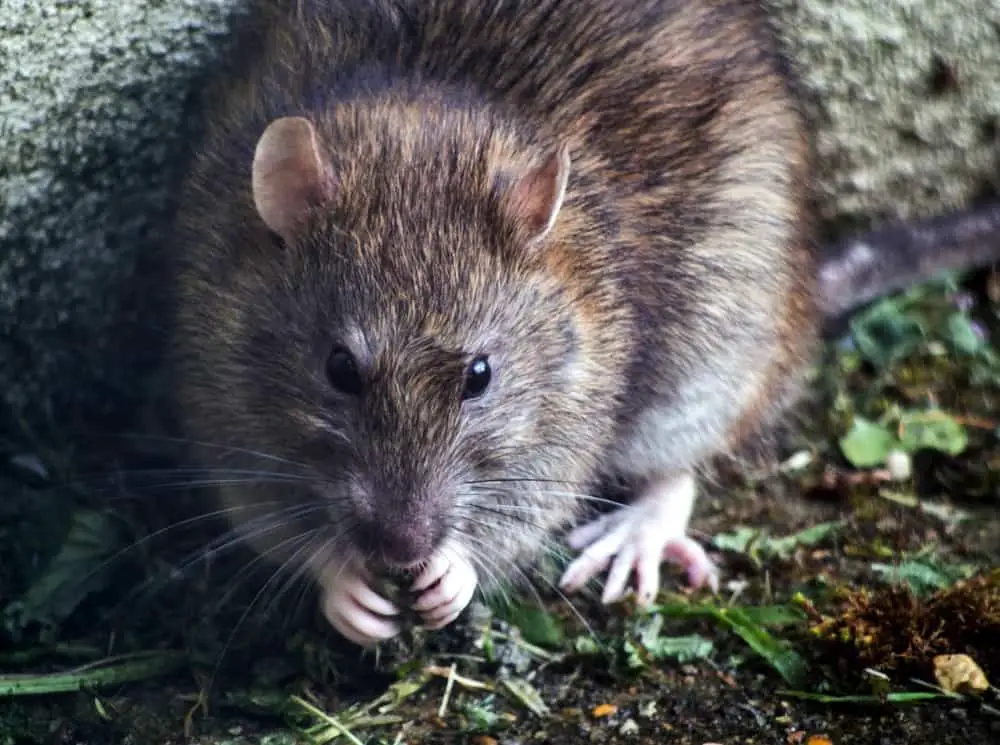
I’m reminded of modern children’s literature, in which an underdog, much maligned character has his/her own back. It’s pretty funny until you read the top commenter, pointing out that the rat probably has toxoplasmosis, a disorder of the brain. On the other hand, mice and rats alike aren’t timid at all when you consider how small […]